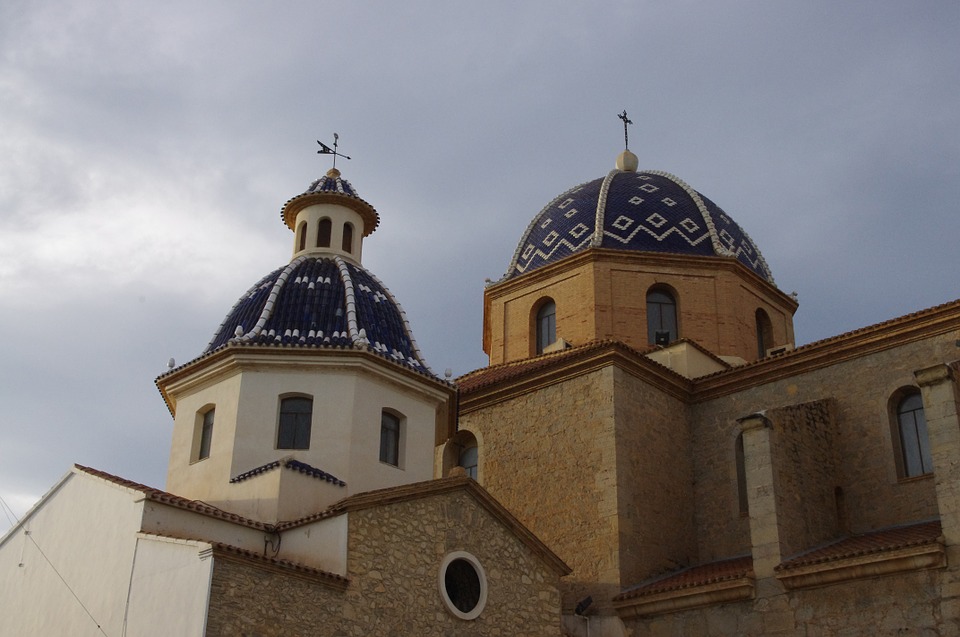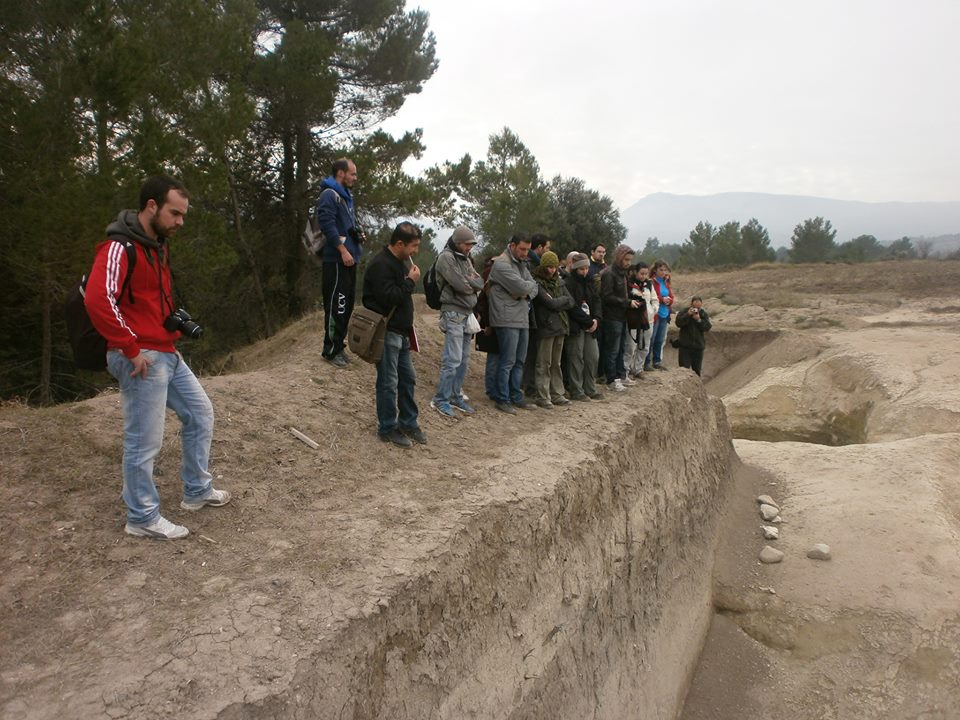
The general management of Culture and Heritage calls all local governments in Alicante in a session to tackle criteria on the management of Valencian cultural heritage.
8 march 2016
The general management of Culture and Heritage calls all local governments in Alicante in a session to tackle criteria on the management of Valencian cultural heritage. The meeting, which will take place at ‘Teatro Arniches’ of Alacant, aims at stablishing guidelines for the protection and conservation of cultural heritage in each locality. The meeting will take place on 9 March and, according to sources of the Valencian Government this will be the first of three scheduled meetings; the next ones are in Valencia and Castellón, they deal with the management of tangible cultural heritagein the municipality. They will count with the participation of the autonomic culture secretary Albert Girona, and the general manager of Culture and Heritage, Carmen Amoraga, along with expert technicians, who will debate with the governments on the application of the Law on Valencian Cultural Heritage.
It is, hence, a meeting to insist on the compromise held by governments to protect their territory. It also aims at dealing and reminding the tools available for the authorities to preserve the heritage, being the case of the Asset of Cultural Interest (BIC) and the Asset of Local Relevancy (BRL). We remind you, hence, that the main responsibility of local governments in terms of tangible heritage is to identify and regulate urban elements of special relevance due to theircultural value.
Likewise, another of the topics to be tackled in the event is the need for governments to update their catalogue of protected good and spaces (architectural, archaeological, ethnological and palaeontological) so that there is an exhaustive inventory with all the goods. The inventory of cultural goods constitutes a working tool which allows municipalities to develop their special plans of protection and delimit the areas of archaeological surveillance. It is important to highlight that BIC (cultural tangible goods) include castles, walls and other architecture elements of defence, shields, emblems, heraldry stones, justice rolls, boundary crosses and pieces with a similar historic-artistic interest as well as caves, coats and places with manifestations of cave art. Regarding the BLR (assets of local relevancy), we include pous or caves de neu, industrial chimneys made of bricks from before 1940, old windmills, traditional barracks in the Horta Valenciana, markets and common rooms from before the 19th Century and religious architecture previous to 1940.










